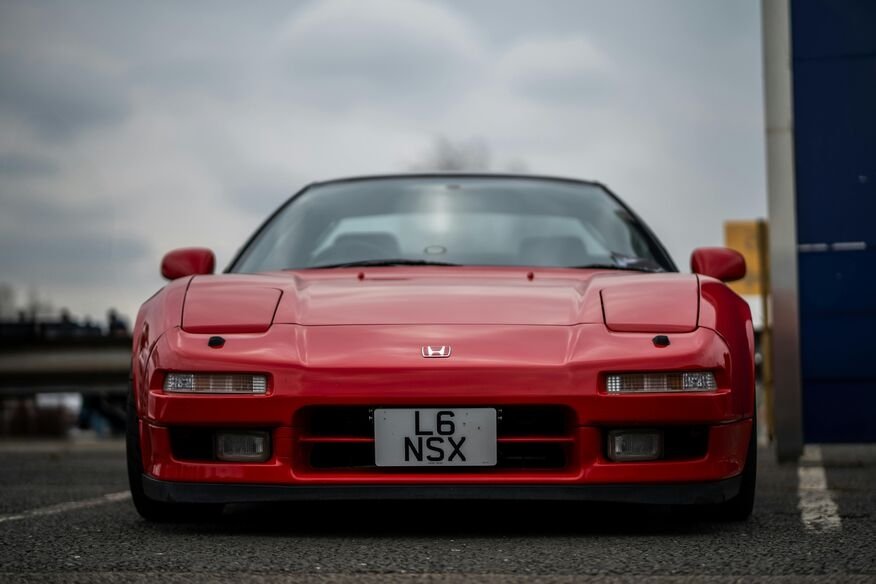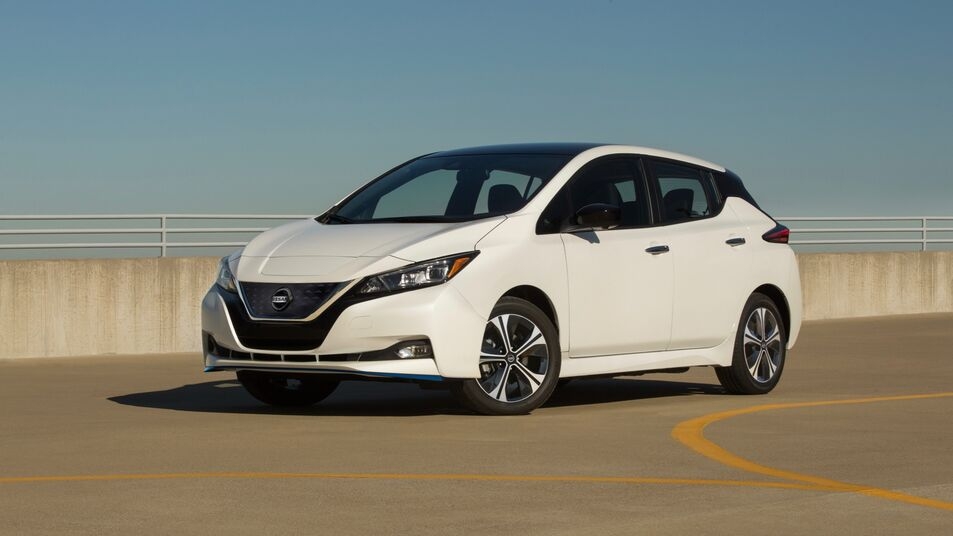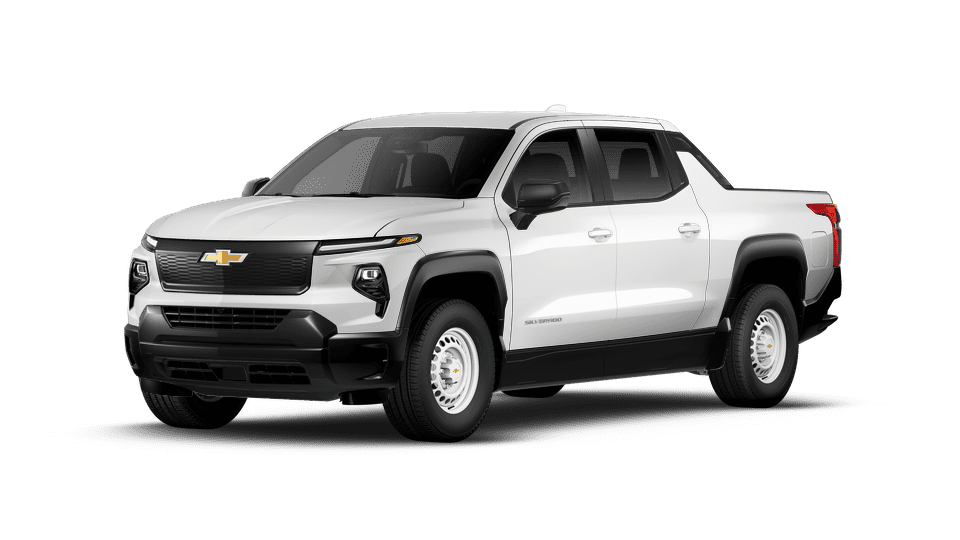Buying a car has never been cheap, and in 2025, prices are still higher than most people would like.
But there’s good news: there are real incentives available if you know where to look. Between federal tax credits, state rebates, and special dealer offers, you could save thousands of dollars on your next new or used car.
The tricky part is understanding how these programs actually work — and how to make sure you qualify.
Here’s a clear, straightforward guide to the 2025 car incentives every buyer needs to know about.
Federal EV Tax Credit: The Big One
The centerpiece of 2025’s car incentives is still the federal EV tax credit.
It sounds simple: buy an electric car and get money back. But the reality is more complicated, especially after the Inflation Reduction Act (IRA) changed the rules in 2024.
Here’s how it works in 2025:
- Up to $7,500 tax credit for new electric vehicles that meet specific requirements.
- Up to $4,000 tax credit for certain used electric vehicles.
- Income limits apply. Buyers must make under $150,000 (single) or $300,000 (married) for new EVs.
- Price limits apply. New sedans must cost less than $55,000; SUVs, trucks, and vans must cost under $80,000.
- Manufacturing requirements. The vehicle’s battery components and critical minerals must come mostly from North America or approved trading partners.
One huge change in 2025 is how you claim the credit. Buyers can now transfer the credit directly to the dealer at the time of purchase instead of waiting to file taxes.
That means the $7,500 (or whatever you qualify for) can come off the price immediately — no more waiting months for a refund.
However, not every EV qualifies, and not every dealer participates. You have to check carefully before signing anything.
Which Cars Qualify for the Federal Credit?
As of mid-2025, some popular models that qualify include:
- Tesla Model 3 (Rear-Wheel Drive and Long Range)
- Ford F-150 Lightning (certain trims)
- Chevrolet Equinox EV
- Rivian R1S and R1T (with certain battery options)
- Nissan Leaf (still hanging on)
- Ford Mustang Mach-E (some versions)
Many luxury EVs, especially imported models like the Hyundai Ioniq 5 and Kia EV6, do not qualify for the full $7,500 credit due to battery sourcing rules.
This is a moving target — automakers are racing to change sourcing and production to qualify, so it is worth double-checking the latest list when you are shopping.
Used EV Tax Credit: Hidden Savings
If you are shopping used, there’s another opportunity.
The federal government now offers a $4,000 tax credit for used EVs — but with different rules:
- The car must be at least two years old.
- The sale price must be under $25,000.
- The buyer’s income must be under $75,000 (single) or $150,000 (married).
- The credit is up to 30% of the sale price, capped at $4,000.
This credit is often overlooked because not every used EV qualifies, and dealers are not always great at advertising it.
However, if you find a clean used Bolt, Leaf, Model 3, or similar vehicle under $25,000, you could claim serious savings.
State and Local Incentives: More Money on the Table
Beyond federal credits, many states still offer their own EV and hybrid incentives in 2025.
Some examples:
- California: Up to $7,500 through the Clean Vehicle Rebate Project (income limits apply).
- Colorado: Up to $5,000 off a new EV purchase or lease.
- New Jersey: No sales tax on EVs.
- Oregon: Up to $7,500 rebate for new EVs through the Charge Ahead program.
Other states offer smaller rebates, tax exemptions, or free home charger installations.
Importantly, many states run these programs until funds run out. Once the budget is exhausted, the incentives disappear until the next cycle.
Always check your local programs before you buy — timing matters.
Dealer and Manufacturer Incentives: Instant Savings
Dealers and automakers themselves offer a separate world of incentives that can stack on top of federal and state deals.
In 2025, some of the best deals include:
- Tesla: Occasional free Supercharging credits with new purchases.
- Ford: Low APR financing and cash back on select F-150 Lightning models.
- Hyundai/Kia: Bonus cash on Ioniq 5 and EV6 leases (even without federal tax credits).
- Chevrolet: Special lease deals and loyalty cash for returning Bolt owners switching to the Equinox EV.
These programs change monthly. Dealers may also offer their own discounts to move inventory, especially toward the end of a quarter when sales targets loom.
Stacking Incentives: How Much Can You Save?
The real magic happens when you combine multiple offers.
For example, in some cases you could:
- Claim a $7,500 federal tax credit at the dealer
- Get a $5,000 state rebate after purchase
- Add a $2,000 dealer discount
- Qualify for 0% APR financing
That’s potentially over $14,000 off the price of a new EV — not counting fuel and maintenance savings down the road.
Not every deal will stack perfectly, and income limits or vehicle caps may apply. But smart buyers in 2025 can save thousands more than buyers just a few years ago.
Beware the Fine Print: Common Pitfalls
Incentives sound great, but a few traps can trip you up if you are not careful:
- Dealer markup. Some dealers still add “market adjustments” to hot models that eat up the value of incentives.
- Eligibility confusion. Just because a car is electric does not mean it qualifies. Check the official IRS list.
- Transfer mistakes. When transferring the federal credit to the dealer, confirm in writing that it is properly applied.
- Income limits. If you earn too much, you lose the credits. Make sure you know your adjusted gross income (AGI).
- Lease loopholes. Some leased vehicles qualify even if the purchased version would not — because the leasing company technically owns the car.
Ask questions. Read carefully. Take your time. Incentives are valuable, but only if you get them properly.
Should You Buy Now or Wait?
If you find a car you want and the deal makes sense, 2025 is a great year to buy.
Incentives are strong. Dealer inventory is healthier. And while interest rates remain high, many automakers are offering bonus cash or special financing to ease the pain.
Waiting for even better deals later might backfire if:
- State rebate funds run dry
- Inventory of popular models tightens again
- Incentive programs change (which they often do mid-year)
Unless you are holding out for a very specific new model launching in late 2025 or 2026, most buyers will do well shopping now.
Final Advice for 2025 Car Buyers
Buying a car today is all about being informed. Incentives are there — big ones — but you need to chase them smartly.
- Start by checking federal eligibility for the model you want.
- Stack state and local rebates where possible.
- Shop dealers for bonus cash and low-rate financing.
- Watch your income and make sure you qualify before you sign.
A little homework could save you thousands — or even turn a good deal into a great one.
In 2025, the car market still belongs to buyers who know the system better than the sticker price.








One Response